The following books provide information on Clare County, both its past and its present. Many of the authors are Clare County residents or have a strong connection to the county. We invite you to own and enjoy them. Several are available on Amazon.com or from local merchants. Copies may also be available for reading at libraries in Clare County.
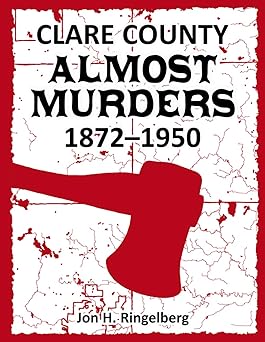
“Clare County: ‘Almost Murders’ 1872 – 1950,” by Jon H. Ringelberg
Prior to and following the publication in the Fall of 2020 of Clare County Murders: 1871-2020 a number of ‘almost murders’ were discovered—more likely stumbled upon. Some of the ‘almost murders’ come within a general definition of a homicide—either suspected or actual—and all the incidents presented provide an interesting historical look into early Clare County violence. Available from the author. Contact him at jhringelberg@hotmail.com. Available from Amazon.com (read ebook sample).
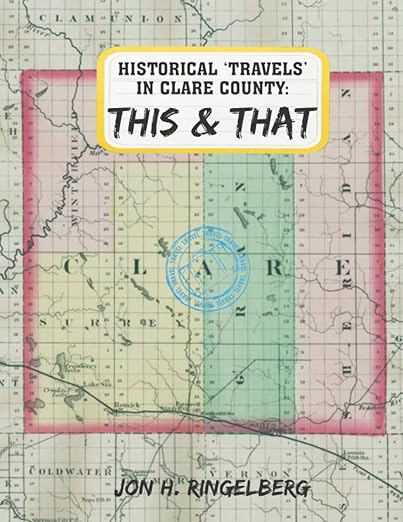
“Historical ‘Travels’ in Clare County: This & That,” by Jon H. Ringelberg
“Compilations and articles related to Clare County history and including ‘travels’ in discovering historical connections – a previously unknown Indian Mound, an 1870 log cabin ‘hidden’ behind a cut stone façade, the probable location of Jim Carr’s Meredith house of ill-repute, the ‘lost’ Hinkleville dam, and more. Each ‘travel’ has Ringelberg sharing his unique experiences in Clare County history with the reader.” Available from Amazon.com.
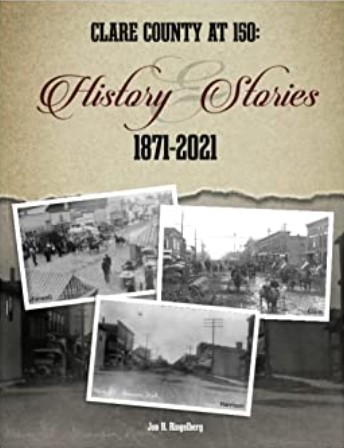
“Clare County at 150: History & Stories, 1871-2021,” by Jon H. Ringelberg
CCHS historian Jon H. Ringelberg has published a book that takes a selection of published and unpublished material about the county’s growth and history. Included are articles by Forrest Meek and T. M. Sellers. Available from Amazon.com.

“Clare County Schoolhouses,” by Andrew Coulson.
CCHS Member Andy Coulson has published a book on one-room schoolhouses in Clare County. It primarily covers the period from the founding of the county until the 1930s. All teachers are listed as are photos of the schools. There is also a section on current school districts, including the Amish. Cost is $20 and available by emailing museum@clarecountyhistory.org. Available from Amazon.com.
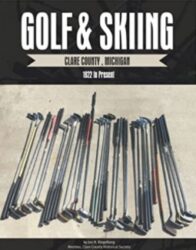
“Golf & Skiing in Clare County, Michigan,”
by Jon H. Ringelberg
Covers 1922 to 2021, and presents the history of Clare County golf courses; two historical and five existing in 2021. Also researched are two historical ski facilities and the one existing in 2021. Cost is $6. Available from the author. Contact him at jhringelberg@hotmail.com. Available from Amazon.com.
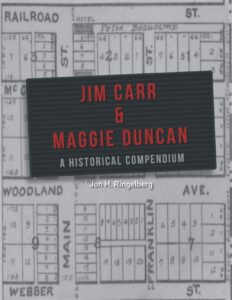
“Jim Carr & Maggie Duncan,” by Jon H. Ringelberg
Jim Carr and his common law wife, Maggie Duncan, ran a combination saloon and bordello outside of Harrison, Michigan in the 1870s-80s. They also engaged in enslaving young girls, robbing drunk lumberjacks, murder, firebombing, extortion, and more. They died paupers and are buried in unmarked graves. This book collects the information available on the two from statewide sources. Available from the author. Contact him at jhringelberg@hotmail.com. Available from Amazon.com.
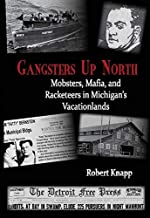
“Gangsters Up North: Mobsters, Mafia, and Racketeers in Michigan’s Vacationlands,” by Robert Knapp
A number of infamous gangsters, including Meyer Lansky, the Purple Gang, and even Al Capone came to “Up North” Michigan to relax and perhaps even conduct a little business. Even to this day stories exist of hidden hideaways and secret tunnels. The City of Clare figures prominently. Available from Amazon.com.
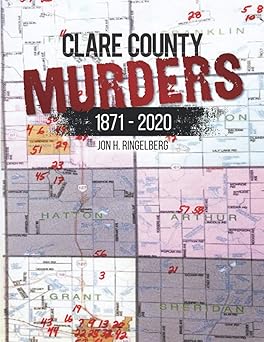
“Clare County Murders: 1871 – 2020,” by Jon H. Ringelberg
Book presents 67 suspected and actual murders during the 150-year history of Clare County. Four additional murders are presented because of their individual uniqueness. Shootings, knifings, poisonings, strangulation, suffocation, and other means of murder are all present on its pages. Available from the author. Contact him at jhringelberg@hotmail.com. Available from Amazon.com.
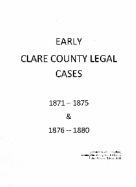
“Early Clare County Legal Cases, 1871- 1875 & 1876 – 1880,” by Jon H. Ringelberg
This book contains a synopsis of every court case in the county and is a look at how the history of the county played out in courts, especially during the logging era that brought wealth and crime to the rapidly growing county. While many business cases are involved so are murders, divorces and family disputes. Available from the author. Contact him at jhringelberg@hotmail.com.
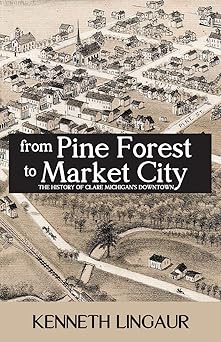
“From Pine Forest to Market City: The History of Clare Michigan’s Downtown,” by Kenneth Lingaur
With the coming of the Flint & Pere Marquette Railroad, William McEwan speculated that his land in southern Clare County would make a good location for a town. What is known today as the City of Clare was platted in 1870. This book tells the story of Clare’s Downtown Historic District that is listed on the National Register of Historic Places. Available from Amazon.com.
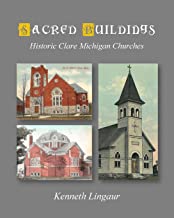
“Sacred Buildings: Historic Clare Michigan Churches,” by Kenneth Lingaur
From simple wood frame buildings to a church listed on the National Register of Historic Places, the church buildings in Clare, Michigan are varied. Spanning from the founding of Clare to the present, the book tells the story of 17different church buildings from thirteen congregations. Full of photographs and descriptions which take you inside many of these buildings. Available from Amazon.com.
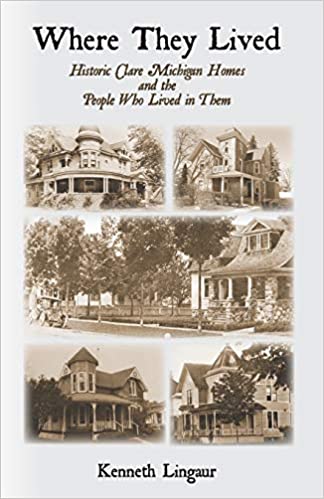
“Where They Lived: Historic Clare Michigan Homes and the People Who Lived in Them,” by Kenneth Lingaur
In these pages you will read about a man who was shipwrecked in the middle of the Atlantic Ocean, a couple who missed their trip to America on the Titanic, a man who came to Clare with almost nothing and became her most famous citizen, and gangsters. This book chronicles the lives of the people who lived in 51 historic Clare homes. Available from Amazon.com
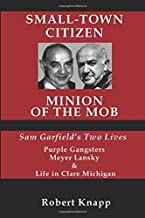
“Small-Town Citizen, Minion of the Mob: Sam Garfield’s Two Lives Purple Gangsters, Meyer Lansky, and Life in Clare, Michigan,” by Robert Knapp
Sam Garfield lived 50 years in the small town of Clare, Michigan. Beyond Clare, however, Sam was closely allied with major gangsters such Meyer Lansky and played an important but little recognized role in making some of America’s biggest hoodlums into successful businessmen. Available from Amazon.com.
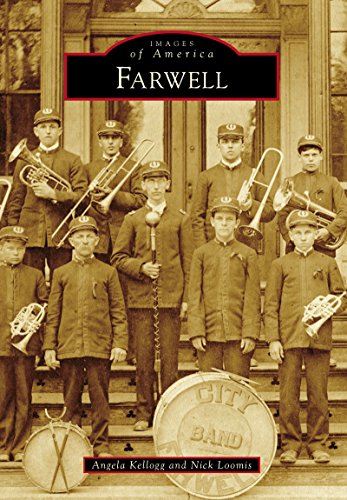
“Farwell (Images of America),” by Angela Kellogg & Nick Loomis
Farwell brought businessmen, lumberjacks, hopeful farmers, and other courageous pioneers due to its location at the convergence of a state road and railroad, with valuable timber in all directions. Farwell successfully transitioned from lumbering to agriculture as the pioneer days gave way to the new century. Available at the Clare County Cleaver in Harrison, MI. Available from Amazon.com.
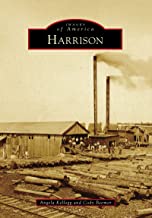
“Harrison (Images of America)” by Angela Kellogg & Cody Beemer
Harrison had its beginnings with the coming of the railroad and its controversial new location as the seat of Clare County. At one time, Harrison had a reputation as the toughest town in Michigan. While early agriculture largely failed in the tree-stumped wilderness, the village prevailed into a growing small-town. Available at the Clare County Cleaver in Harrison, MI. Available from Amazon.com.
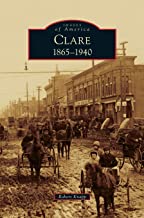
“Clare: 1865-1940 (Images of America),” by Robert Knapp
By the 1860s, Clare was at the center of this lumberman’s paradise. Starting from a small village beside an abandoned lumber camp, the town prospered as farmers, ranchers, and merchants replaced loggers. Then came oil, and colorful men such as Henry Ford and Jack Dempsey. Even gangsters moved in. Available from Amazon.com.
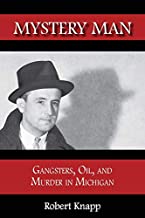
“Mystery Man. Gangsters, Oil, and Murder in Michigan,” by Robert Knapp
A look at Isaiah Leebove who lived in Clare, Michigan and was involved in oil, gangsters and money laundering. A fascinating portrait of a man murdered by a former friend and associate in a Clare hotel. Available from Amazon.com.

“Cut and Run: Railroad Logging in Clare County, Michigan,” by James Hannum.
The book covers the period of intense railroad logging in Clare County, Michigan (between 1878 and about 1910). Numerous historical maps are reproduced. Many original maps have been created in order to demonstrate rights of way. Included are period photographs of Clare County and current pictures from the same locations. Out of print and only available on secondary market. Limited availability from Amazon.com.
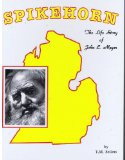
“Spikehorn–The Life Story of John L. Meyer,” by T. M. Sellers
John “Spikehorn” Meyer was everything from a bear whisperer to showman to inventor to charlatan. He owned one of the first and most popular 20th century tourist attractions located just outside Harrison, Michigan and attracted legions of families heading up north who stopped to see the man with the bears. Available from the Clare County Historical Society. Contact them at museum@clarecountyhistory.org. Limited availability from Amazon.com.
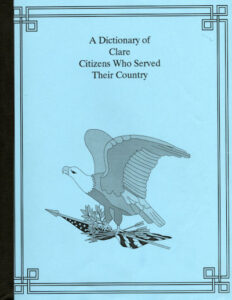
“A Dictionary of Clare County, Michigan Citizens Who Served their Country” compiled by Forrest Meek
Available in digitized format at Central Michigan University’s Clarke Historical Library website.
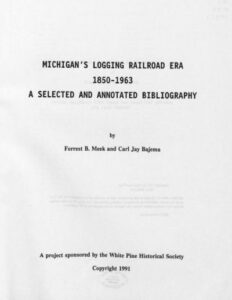
“Michigan’s Logging Railroad Era 1850-1963 A Selected and Annotated Bibliography” by Forrest Meek and Carl Jay Bajema
Available in digitized format at Central Michigan University’s Clarke Historical Library website.
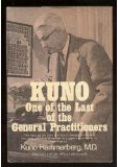
“Kuno: One of the Last of the General Practitioners,” by Kuno Hammerberg.
Kuno was a small-town doctor and an important part of the Clare, Michigan community until his death at 101 years. Available from the Clare County Historical Society. Contact them at museum@clarecountyhistory.org. Limited availability from Amazon.com.
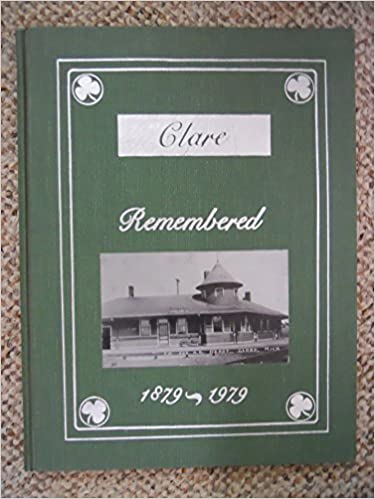
“Clare Remembered, 1979-1979”
This book is a trip though the first 100 years of the City of Clare’s history. Not readily available but can be found at the Clare County Historical Museum and most local libraries.
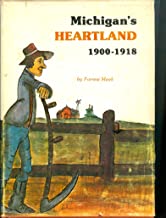
“Michigan’s Heartland, 1900-1918,” by Forrest Meek
Follow up to Michigan’s Timber Battleground, this book is an extensive history of the early 29th century up to the end of the WWI, that saw the county struggle to rebuild at the end of the logging era. Available from the Clare County Historical Society. Contact them at museum@clarecountyhistory.org. Available in digitized format at Central Michigan University’s Clarke Historical Library website. Limited availability from Amazon.com.
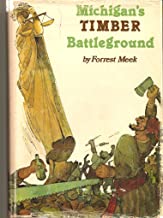
“Michigan’s Timber Battleground: A History of Clare County 1674-1900,” by Forrest Meek
The definitive book on the early history of Clare County. Can be purchased at the Clare County Historical Society. There are a very limited number of copies that may be available from the Clare County Historical Society. However, the book is available in digitized format on Central Michigan University’s Clarke Historical Library website. Limited availability from Amazon.com.
